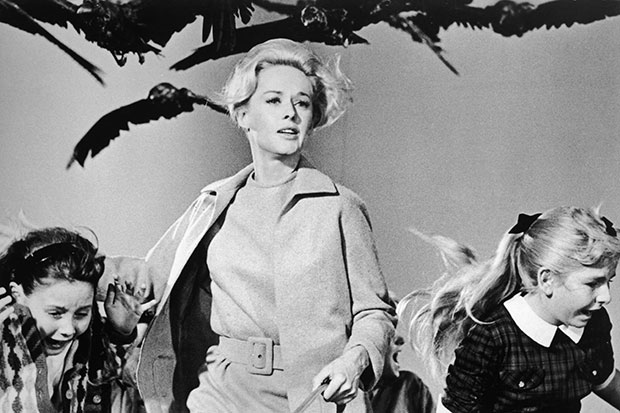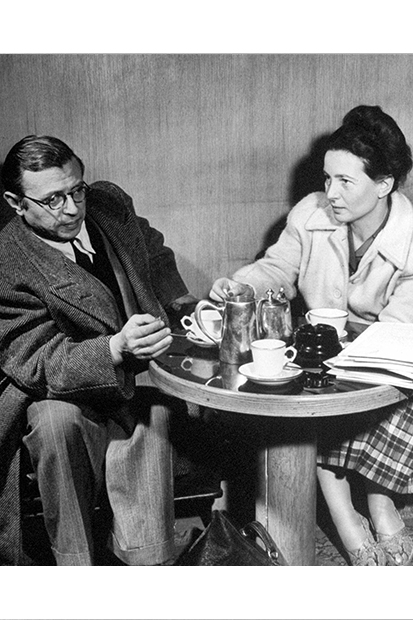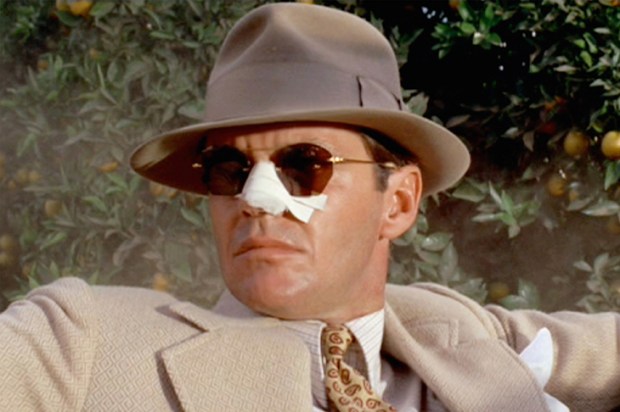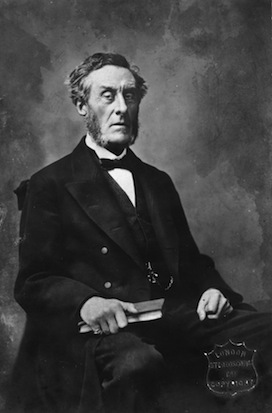‘Do it with scissors’ was Alfred Hitchcock’s advice for prospective murderers, though a glance at these two biographies reminds us that scissors are also the chosen implement of the silhouettist. Hitchcock’s profile —beaky nose, protuberant lips, conjoined chin and neck — is emblazoned on both dustjackets like a logo.
A logo is what it was.
Already a subscriber? Log in
Subscribe for just $2 a week
Try a month of The Spectator Australia absolutely free and without commitment. Not only that but – if you choose to continue – you’ll pay just $2 a week for your first year.
- Unlimited access to spectator.com.au and app
- The weekly edition on the Spectator Australia app
- Spectator podcasts and newsletters
- Full access to spectator.co.uk
Unlock this article
'Alfred Hitchcock: The Man Who Knew Too Much', £12 and 'Alfred Hitchcock', £10.99 are available from the Spectator Bookshop, Tel: 08430 600033
You might disagree with half of it, but you’ll enjoy reading all of it. Try your first month for free, then just $2 a week for the remainder of your first year.














Comments
Don't miss out
Join the conversation with other Spectator Australia readers. Subscribe to leave a comment.
SUBSCRIBEAlready a subscriber? Log in